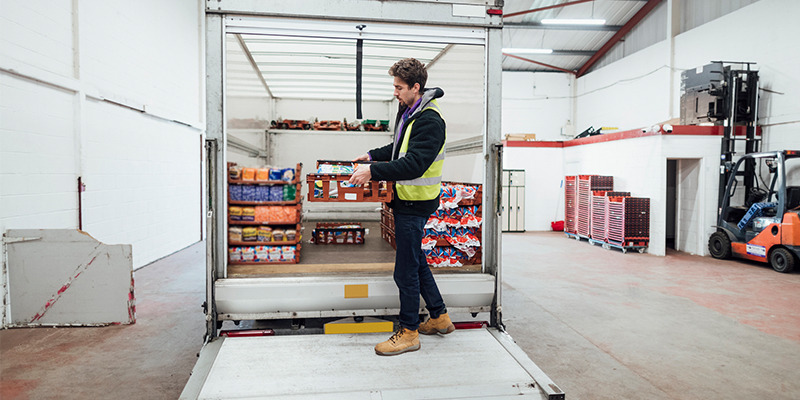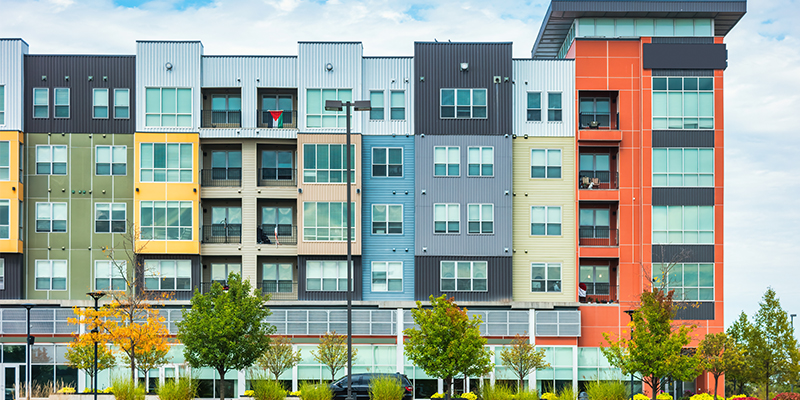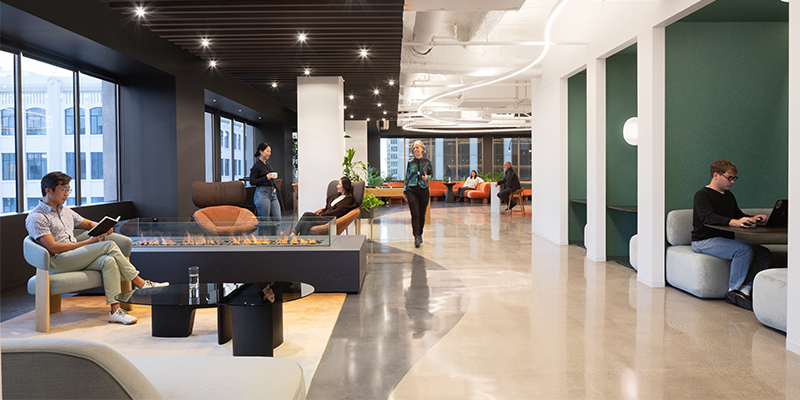With demand for cold storage expanding, so too is the need for these warehouses to be smaller, closer and colder. A panel of cold storage experts led a discussion the critical factors to consider when developing speculative cold storage buildings, closing out day one of I.CON East, held this week in Jersey City, New Jersey.
Best Practices in Cold Storage Facility Development, a new e-book published by NAIOP, provides practical information for developers, designers, tenants and anyone else interested in knowing more about this complex property type. naiop.org/coldstorage
Panelists included moderator Cameron Trefry, principal, Ware Malcomb; Chris Copenhaver, SIOR, co-lead, food and beverage advisory practice, Cushman & Wakefield of Georgia, Inc.; CJ Follini, principal and CEO, Noyack; and Mike Llewellyn, vice president, cold storage, FCL Builders.
Here are some top takeaways from this in-depth discussion on why cold storage is hotter than ever, and what developers and investors should know before getting into this complex property type:
- Currently, there are roughly 70 speculative cold storage buildings across the U.S. in development. Of those, 10 are funded, and out of the 10 funded, six are ready to go under construction. The most active markets for speculative cold storage development are Dallas-Ft. Worth, Houston, Phoenix, and Reno, Nevada, primarily driven by population, availability of land, and access to ports and transportation networks.
- “Speculative Cold” means that a spec building has refrigeration, underfloor heat, and extensive power and water systems built into the project on day 1. These are typically considered tenant costs, so including them from the beginning reinforces that the developer is building spec for exclusively cold tenants. “Cold Ready” means that the building can accommodate these needed systems, but they are incorporated into the project after initial construction and at higher costs for the tenant.
- Typical clear height for speculative cold storage is around 50 feet, and that can sometimes stretched to 65 feet, although ceiling heights above 55 feet require more expensive fire suppression systems.
- Explosive growth in grocery home delivery is a key driver in cold storage’s growth, with some studies showing that the pandemic accelerated home grocery delivery five years ahead of projected numbers. This is driving investors to consider cold storage investments as solid opportunities, even above dry warehouses and fulfillment centers.
- Microfulfillment centers can be defined as areas of existing grocery stores roped off as spaces used to pack and hold online orders for pickup either by the customer or delivery drivers. This space use may not be the most efficient for the retailer, so some grocers are looking at well-located, empty big box spaces to be converted to full-time grocery fulfillment, or even parking garages with excess space.
- Companies like Door Dash and Instacart are emerging as competitors for real estate companies and are beginning to build some small warehouse spaces of 15,000-25,000 square feet. Door Dash’s greatest benefit for the smaller, regional grocers is data – they can amalgamate trends and insights on top-selling products across the country, offering predictive analytics for inventory and purchasing purposes.
- Not all cold storage facilities are entirely cold. Some larger spec cold buildings can be “tritemp” and divided into multitenant spaces with a mix of temperatures, from freezers to more moderate temperatures for food processing.
- Technology plays a huge role in cold facilities, particularly as labor challenges continue across all sectors of business. Automation is key, with companies perfecting robotics that can do everything from fulfilling carpet and fabric samples in dry warehouses, to picking the ripest tomatoes and perfect oranges in cold. Retrofitting older facilities with these types of automation is more difficult because of lower ceiling heights and less sophisticated power systems.
- The price of converting a facility to a cold storage building is expensive, with variables depending on what will be inside the facility (think deep freezers for ice cream versus more ambient temperatures for food processing). Costs anywhere from $100-$160 per square foot aren’t unrealistic, and sometimes it might even be less expensive to tear down and rebuild than to convert.
- Rent escalations in second generational spaces – older, existing assets – have doubled in some mid-markets from $6 to $12; in new buildings, rents average around $22 per square foot.
This post is brought to you by JLL, the social media and conference blog sponsor of NAIOP’s I.CON East 2021. Learn more about JLL at www.us.jll.com or www.jll.ca.









